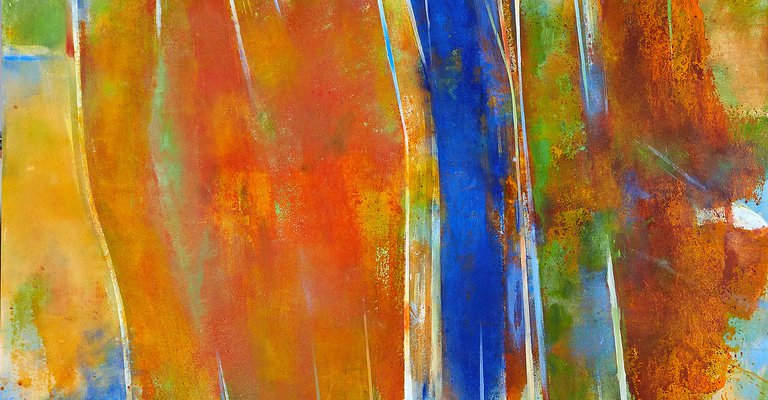Content
As the Islamic world extended into centres of late antique culture, it was enriched by philosophical and https://bergbjorn.com/climbing/guided-climbing/stetind intellectual movements. The translation of Greek works into Arabic and advances in mathematics and science were encouraged by early caliphates. This is in contrast with the modern perception that Islamic art is dogmatic and unchanging.

- Thus, the debate continues as to what mode of aesthetic satisfaction, if any, is required to define ‘art’.
- In the end, the colossal marble tells us more about Constantine’s view of himself than about his actual physical appearance.
- The idea was that if the artwork was a performance that would leave nothing behind, or was simply an idea, it could not be bought and sold.
- He has written several textbooks on art and art history and was an art critic for The Plain Dealer and Cleveland.com.
- Black was used very sparingly, or not at all, and defining lines replaced with nuanced strokes of color forming the subjects, contours, and shapes.
- Beauty, in this context, refers to the ability of human beings to experience and appreciate the visible object, regardless of the many different views of what is beautiful.
Klimt’s fame usually brought patrons to his door, and he could afford to be highly selective. His painting method was very deliberate and painstaking at times and he required lengthy sittings by his subjects. Though very active sexually, he kept his affairs discreet and he avoided personal scandal. During the late 1960s in North Ireland the meaning of the murals changed.
Early 20th Century
Northern Renaissance art also specialized in genre and landscape painting. Byzantine art refers to art created in the territories of the Byzantine Empire between the fourth and fifteenth centuries. The Byzantine Empire was the political continuation of the Roman Empire, and therefore the classical artistic heritage is carried on through Byzantine art. Constantinople, the Byzantine capital, was adorned with large amounts of classical sculptures. The history of art is the academic school of study based on art and its developmental history as well as stylistic context .
Cubism History
The colors were lighter and brighter, almost transparent in some instances. Many pieces of art from this period neglected religious themes, although some artists like Tiepolo did create frescos in many churches. We do not know many individual artists who painted in the Romanesque period, as art was not about who painted it but rather the message it carried. Thus, the move away from the church can also be seen in the enormous increase in known artists from the Gothic period, including Giotto di Bondone.
Thank You For Subscribing To The Artincontext Org Newsletter
In the north, the Wari Empire are noted for their stone architecture and sculpture accomplishments. The Olmecs (c.1400–400 BC) were the first major civilization in modern-day Mexico. Many elements of Mesoamerican civilizations, like the practice of building of pyramids, the complex calendar, the pantheon of gods and hieroglyphic writing have origins in Olmec culture. They produced jade and ceramic figurines, colossal heads and pyramids with temples at the top, all without the advantage of metal tools. For them, jadeite was a stone more precious than gold and symbolized divine powers and fertility. 17 Olmec colossal heads have been discovered, each weighing a few tons.
Artists You’d Like To Follow
Throughout history and across cultures, people have shown a fascination with faces, and in turn, with portrait representation. The depiction of an individual likeness is about identification, but more than that, it is a record of an interaction between an artist and a sitter, both of whom contribute to the portrait’s form and content. Far from being mirror reflections, portraits are complex constructions of identity that serve a range of functions from expressing power and declaring status to making larger statements about society at a given point in history. Images and words are symbols that both denote actual things, like people, objects, and places, and connote more abstract ideas, feelings, concepts, and theories.
Hirst’s celebrity is founded entirely on his ability to produce shocking concepts. The actual production in many conceptual and contemporary works of art is a matter of assembly of found objects. However there are many modernist and contemporary artists who continue to excel in the skills of drawing and painting and in creating hands on works of art.